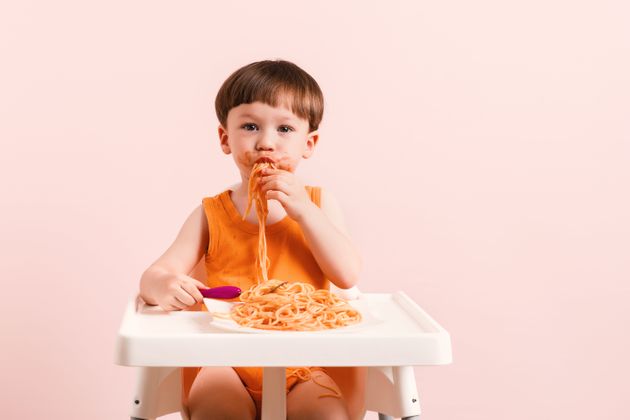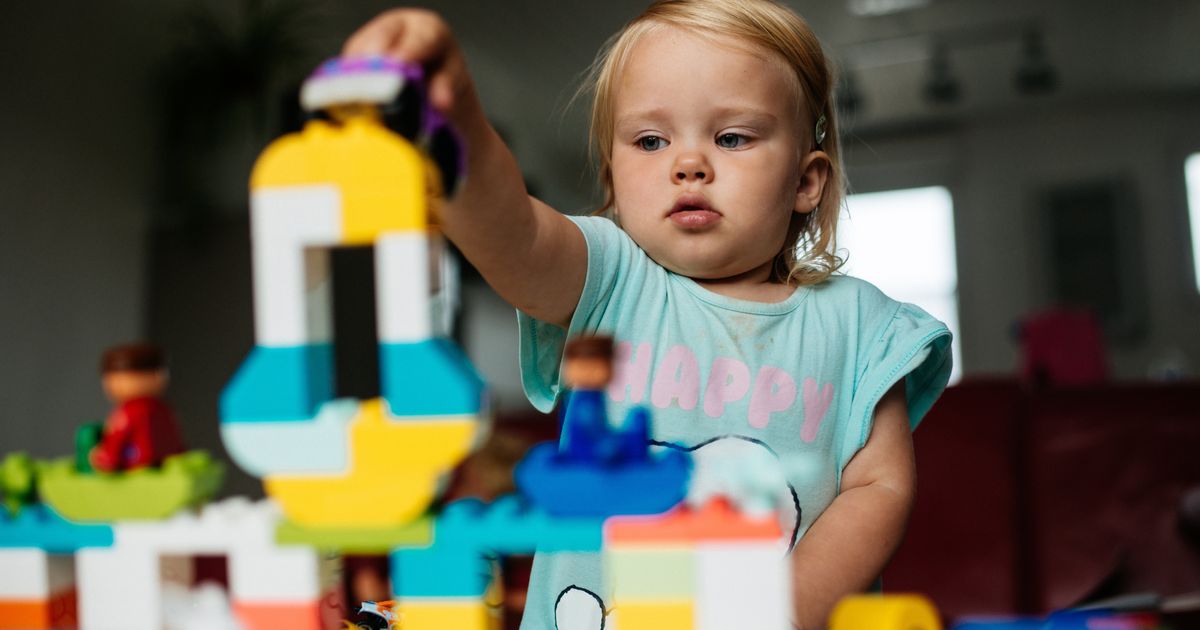
Chancellor of the exchequer Jeremy Hunt has finally revealed his grand plans to tackle the UK’s childcare crisis. So what did he actually say?
The top line is that working parents of one- and two-year-olds in England will get to (eventually) benefit from an expansion of the so-called ‘free hours’ scheme – so basically, some of their childcare costs will be paid for by the government.
Advertisement
The chancellor has also relaxed childcare staff ratios and confirmed working parents on benefits will be able to get childcare support payments upfront – and the amount they can claim will increase.
Hunt acknowledged in his 2023 budget statement that the UK has one of the most expensive systems in the world and that, as a result, “for many women, a career break becomes a career end”.
But when we look closer at the detail, what does all of this actually mean for parents right now during a cost of living crisis? And what does it mean for the childcare system as a whole? Here’s what you need to know.
Advertisement
‘Free’ childcare for parents of one- and two-year-olds
Perhaps the most widely anticipated part of the new childcare reforms is that the ‘free hours’ scheme – which all parents of three- and four-year-olds currently benefit from – will be extended so parents of children aged nine months old and over can also benefit.
Advertisement
This means that for eligible households where all adults are working at least 16 hours a week, parents can obtain 30 ‘free hours’ (aka funded childcare) for their children aged nine months and older, per week.
So basically, help with childcare costs starts from the moment maternity or paternity leave ends – a move which Hunt said will reduce household childcare costs by nearly 60%.
But don’t set off the party poppers just yet. The scheme will be introduced in stages – and it’s a pretty slow rollout:
- Working parents of two-year-olds will be able to access 15 free hours from April 2024,
- From September 2024, the 15 free hours scheme will be extended to all children from nine months old to school age,
- From September 2025 working parents of under-fives will have access to 30 hours free childcare every week.
The offering is usually valid for 38 weeks of the year (during school term time) and eligibility depends on: if you are working, your income (and your partner’s income, if you have one), your child’s age and circumstances, and your immigration status. More on that here.
Advertisement
Now let’s be clear, technically these are not always ‘free hours’ because historically they’ve been underfunded by government and parents often have to top up the hours costing them hundreds of pounds each month.
That said, expanding this so more parents of young children can benefit and pay less overall for childcare is certainly a big deal. Particularly for future parents.
The only problem is that for many parents who are currently struggling with soaring childcare and living costs, this will be too little too late.
What do parents currently get in the way of help?
Parents are currently entitled to a few bits of extra help when it comes to accessing cheaper childcare. These include:
- From the age of two, children from low income families are eligible for ‘free hours’ at nursery in England, Wales and Scotland.
- When they turn three, all children – regardless of household income – are entitled to a certain amount of these ‘free hours’ per week. In England, every parent is eligible for 15 hours of ‘free childcare’ while other parents might be eligible for 30 hours ‘free childcare’ depending on income.
- Parents who earn less than £100,000 a year can also get tax-free childcare – up to £2,000 a year – to help with childcare costs.
Money pledged to help childcare providers
The chancellor acknowledged that supply of childcare is dwindling and focused part of his speech on how childminders are a “vital way to deliver affordable and flexible care”.
To encourage more people to become childminders, he suggested the government will pilot incentive payments this autumn – specifically, £600 for childminders who sign up to the profession, which rises to £1,200 for those who sign up to an agency.
Hunt also spoke of the cost pressures facing the childcare sector as a whole – which are making it increasingly hard to hire (and retain) staff while also raising prices for parents.
He pledged to increase funding paid to nurseries to provide ‘free hours’ for two-, three-, and four-year-olds by £204 million from September 2023, rising to £288 million next year.
But those in the industry insist this is nowhere near enough. Neil Leitch, CEO of the Early Years Alliance, said: “With the shortfall for current two-, three- and four-year-old offer estimated at around £1.8bn based on government’s own figures, the additional funding announced today is highly unlikely to match what’s needed to put providers on a steady footing.”
Advertisement
The overall number of childcare providers in England dropped by around 4,000 between April 2021 and March 2022, according to figures from Ofsted.
“We know from bitter experience that expansions of so-called ‘free childcare’ without adequate investment are a recipe for utter disaster.”
– Neil Leitch
If the current system is underfunded, those in the childcare sector are extremely concerned about what will happen under the expanded new system.
“We know from bitter experience that expansions of so-called ‘free childcare’ without adequate investment are a recipe for utter disaster,” said Leitch, “and given that many providers rely on fees from younger children to make up for current funding shortfalls, the impact on the sector if the government gets this wrong cannot be underestimated.”
Joeli Brearley, CEO and founder of Pregnant Then Screwed, said while she is “elated” to hear the childcare sector will now receive a significant investment, she is also “concerned” the money pledged is not enough to reduce costs for parents sustainably.
Advertisement
She also said there needs to be a clear and remunerated strategy to attract more educators into the sector, to retain workers and to offer progression opportunities.
“The CBI estimates that to do what the government is planning costs £8.9 billion not £4 billion, so we need to see the detail as to how this money is being distributed and we need to know that the government is investing in these new schemes based on the actual cost to deliver them,” she said.
“Free childcare from nine months is brilliant, but only if there are childcare settings to be able to access this care, without the correct funding there won’t be.”
Childcare ratios are to be relaxed
Another result of today’s budget announcement is that childcare ratios are to be relaxed – in basic terms, this means childcare staff can now legally look after more young children at one time.
At the moment, in early years settings in England, one adult can look after three children under two years old; or four children aged two; or eight children aged three and over.
Advertisement
Under Liz Truss’s premiership, it was suggested these ratios could be stretched further or scrapped, so staff could look after more children at one time.
At the time, some parents aired concerns it would pose a safety issue while members of the childcare sector suggested it would prompt even more staff to leave.
Hunt has now revealed that to offer providers more flexibility in how they operate, he is relaxing staff ratios so a member of staff can look after five two-year-olds at one time – the same as in Scotland. He added these ratios remain optional for childcare providers and parents.
But relaxing ratios is far from ideal when childcare providers are also facing huge demand, and staff are leaving the industry in droves for better paid jobs with less pressure.
Neil Leitch branded the move to push ahead with this decision as “appalling”.
“Yes, parents want affordable care and education, but they also want to ensure that their children are in safe environments receiving quality care and education – something this policy completely flies in the face of,” he said.
Advertisement
Benefit payments will be changed to help parents
The chancellor said people on Universal Credit who are “moving into work or want to increase their hours” will be able to get childcare support payments upfront, instead of in arrears, and the amount they can claim will increase to £951 for one child and £1,630 for two children – an increase of almost 15%.
Currently, working households – or those with a job offer – can claim back costs up to a maximum of £646 a month for one child, or £1,108 for two or more children.
It’s unclear when this new change will come into effect.
Rachel Carrell, founder and CEO of Koru Kids, welcomed the news. “We know that delays in getting Universal Credit coverage for childcare causes major problems for some of our families and any reforms which make the processes smoother are welcomed,” she said.
School wraparound care will be improved
For parents of kids at school, Jeremy Hunt acknowledged there are barriers to working because of challenges accessing wraparound care – for instance, breakfast clubs and after school clubs.
Hunt said the government will fund schools and local authorities to increase the supply of wraparound care, so parents can drop their children off at 8am and 6pm.
Advertisement
“Our ambition is that all schools will start to offer a full wraparound offer – either on their own or in partnership with other schools – by September 2026.”
But journalist and host of The News Agents Emily Maitlis questioned how schools will pay for this. “What are the sums needed to make that work,” she tweeted, “given teachers are already striking because of their workload.”

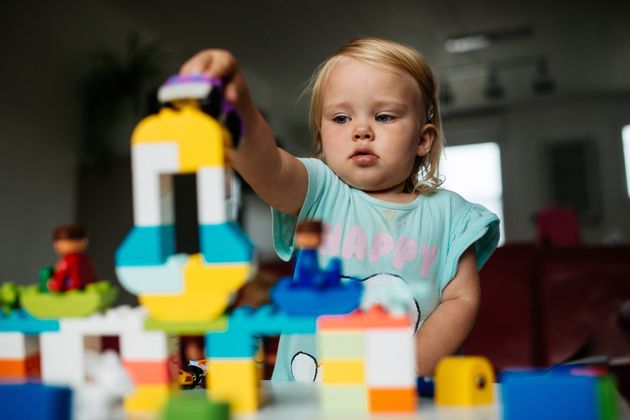

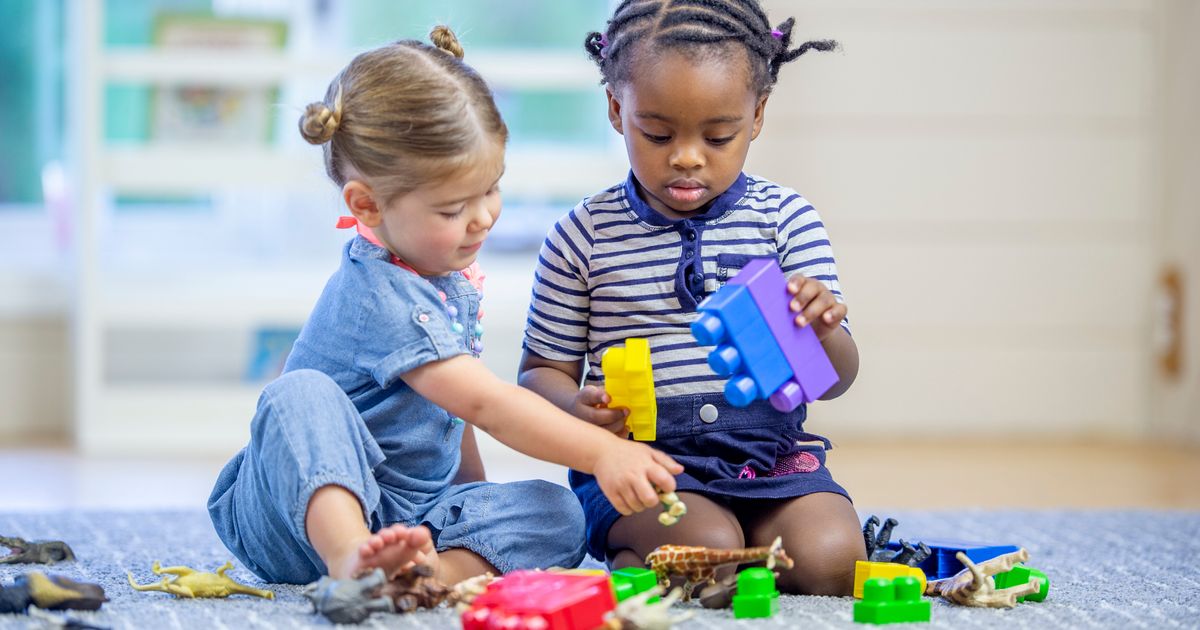




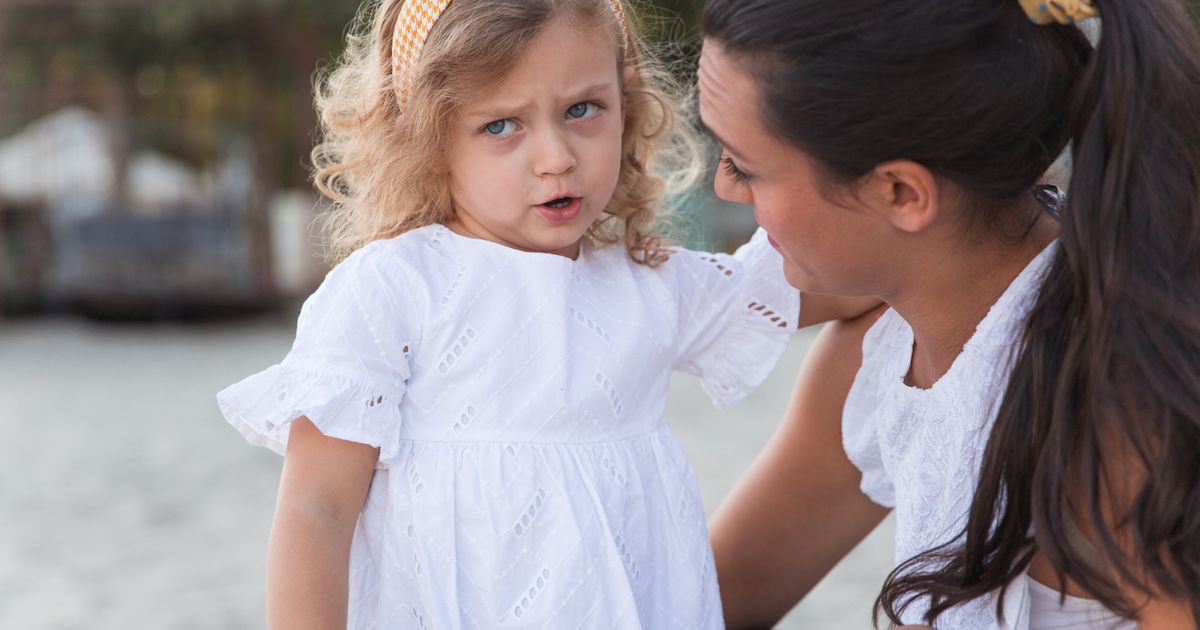
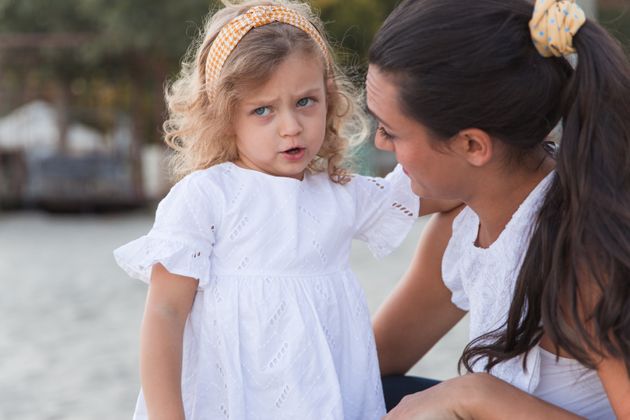


 bosco
bosco
 OTD, OTR/L (@DrAPearson)
OTD, OTR/L (@DrAPearson)  (@Queen_Shannon)
(@Queen_Shannon) 
 (@TWLadyGrey)
(@TWLadyGrey) 
 ♣️
♣️

 (@IMomalogues)
(@IMomalogues)  sign directly in your face.
sign directly in your face.


